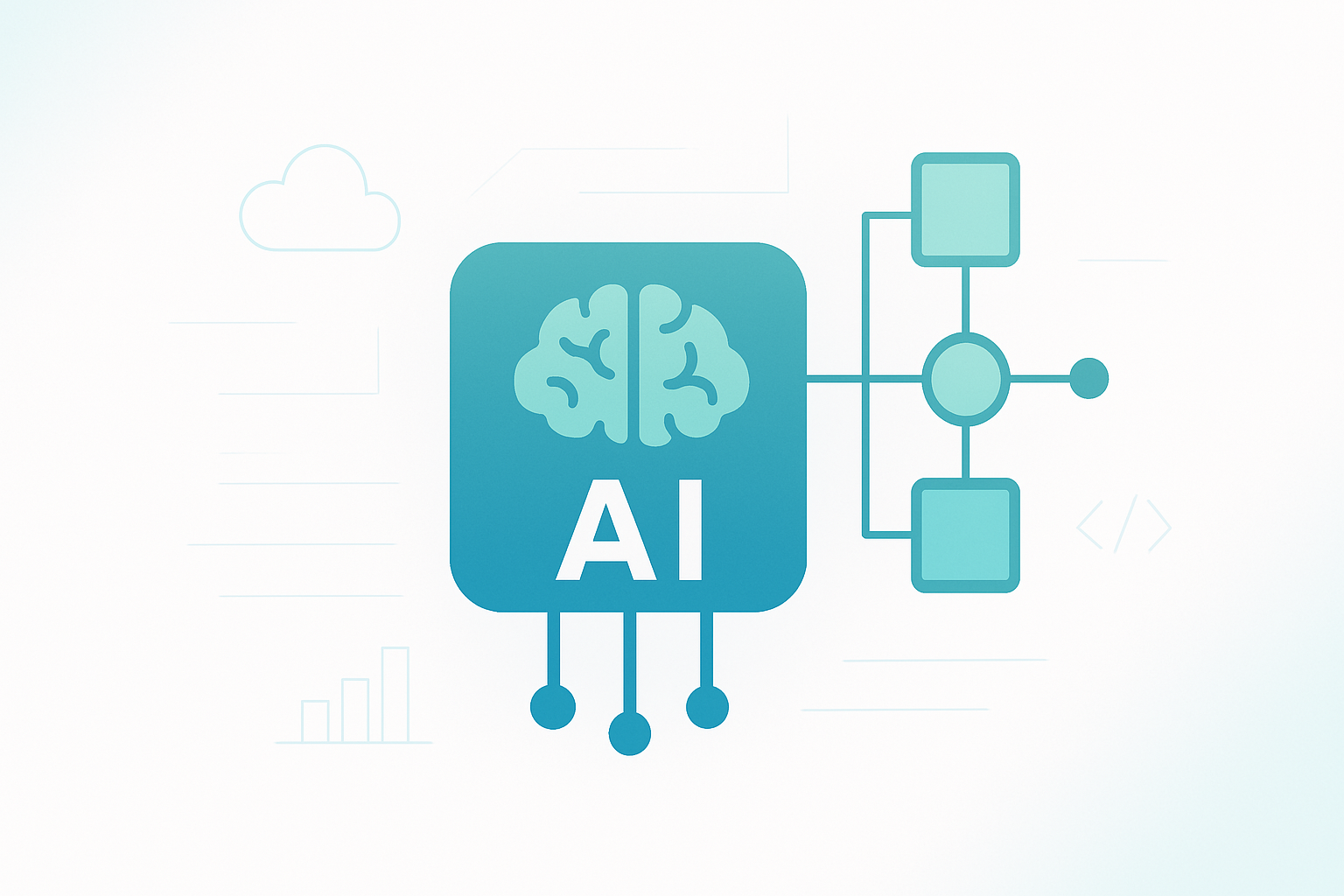Program Overview
This 10-week intensive program is designed to equip emerging leaders with practical knowledge and skills to effectively understand, evaluate, and implement AI within their organisations. The course balances theoretical foundations with hands-on applications, providing participants with immediately applicable insights and tools.
Through weekly 2-3 hour interactive sessions, participants will progress from understanding fundamental AI concepts to developing strategic frameworks for AI adoption.
The program emphasises practical experience through case studies, workshops, and collaborative exercises, ensuring leaders can confidently navigate the AI landscape and make informed decisions.
Learning Outcomes
By the end of this program, participants will be able to:
- Understand AI Fundamentals: Explain core AI concepts, differentiate between AI technologies, and identify their potential applications in business contexts.
- Evaluate AI Opportunities: Assess where and how AI can create value within their organisation and prioritise high-impact use cases.
- Develop AI Strategy: Create a roadmap for AI adoption that aligns with organisational goals and capabilities.
- Manage AI Ethics: Identify and address ethical considerations in AI implementation, including bias, fairness, transparency, and privacy.
- Lead AI Implementation: Effectively plan, resource, and execute AI initiatives from pilot to production.
- Build AI-Ready Organisations: Foster data literacy, overcome resistance to change, and develop team capabilities needed for successful AI integration.
- Make Informed AI Decisions: Evaluate AI vendors, solutions, and technologies with a critical eye toward business value and implementation feasibility.
- Future-Proof AI Investments: Stay ahead of emerging trends and adapt strategies to evolving AI capabilities and market conditions.
Sample Weekly Outline
Week 1: AI Fundamentals
- AI history and evolution
- Key terminology and concepts
- Types of AI (narrow vs. general)
- Current state of AI technology
- Hands-on: Simple AI tools everyone can use today
Week 2: Machine Learning Basics
- Difference between AI and ML
- Core ML approaches (supervised, unsupervised, reinforcement)
- Common algorithms and use cases
- Hands-on: Exploring a simple ML model
Week 3: Natural Language Processing
- How machines understand language
- Large Language Models (LLMs)
- NLP applications in business
- Hands-on: Prompt engineering workshop
Week 4: Computer Vision and Perception
- How machines “see” and interpret images
- Business applications of computer vision
- Hands-on: Testing image recognition tools
Week 5: AI Strategy for Leaders
- Identifying AI opportunities in your organisation
- Building an AI roadmap
- Change management for AI adoption
- Hands-on: AI opportunity assessment framework
Week 6: Ethical AI and Responsible Use
- Bias, fairness, and transparency
- Privacy considerations
- Governance frameworks
- Hands-on: Evaluating AI systems for ethical concerns
Week 7: AI Implementation – From Pilot to Production
- Project management for AI initiatives
- Building vs. buying AI solutions
- Resource planning and budgeting
- Hands-on: AI implementation planning exercise
Week 8: AI Tools Deep Dive
- Enterprise AI platforms comparison
- Industry-specific AI solutions
- Low-code/no-code AI tools
- Hands-on: Tool evaluation workshop
Week 9: Data Strategy for AI Success
- Data requirements for effective AI
- Building data literacy in teams
- Data governance and quality
- Hands-on: Data readiness assessment
Week 10: Future-Proofing and Integration
- Hands-on: Developing a personal AI leadership action plan
- Emerging AI trends and technologies
- Integrating AI into existing workflows – challenges and opportunities
- Building an AI-ready organisation
Optional Capstone
Note: This course can also be combined with an optional capstone project for each participant. This can run alongside the program or can operate as an extension to it.
